Ocean Freight Comments
Transportation and Export Report: Jay O’Neil, O’Neil Commodity Consulting: Global Dry-Bulk freight markets found the energy to stage another rally this week. We are experiencing record Chinese soybean imports; big Chinese iron ore imports; record Russian wheat exports out of the Black Sea; and good new crop U.S. grain exports. All of these factors have come together to support higher rates in Dry-Bulk freight markets in the Atlantic, Pacific and Black Sea.
If you need vessel freight for the next two months it feels like you should step in and cover those needs now. However, I expect that we will see a market correction to the down side once the harvest is over and we get into the first quarter of 2018.
A note on Panamax Dry-Bulk ocean freight rates for corn or soybeans to HCMC Vietnam: The appropriate market spreads on this route are not necessarily a direct thing to rate. If you are going from the U.S. Gulf via the Cape of Good Hope the steaming time to Vietnam (versus Northern China) is shorter, so, that freight would be a little cheaper. However, routing via the Panama Canal the distance is longer and thus more expensive. So, on average maybe it is best to say that the rate from the U.S. Gulf to Vietnam is about the same as to Northern China (give or take $1.00/MT depending on routing). The freight spread between N. China versus S. China is generally a $1.00-1.50 difference. Close to 90 percent of the Panamax vessels going from the U.S. Gulf to China are currently going around the Cape rather than thru the Panama Canal. This is due to relatively cheap fuel prices and the desire to avoid paying Canal fees.

Below is a recent history of freight values for Capesize vessels of iron ore from Western Australia to China:


The charts below represent YTD 2017 versus 2016 annual totals for container shipments to Hong Kong.






